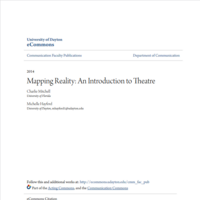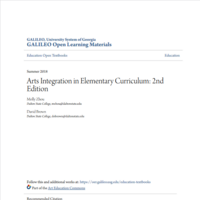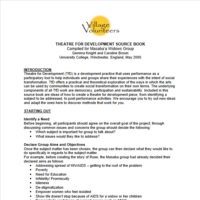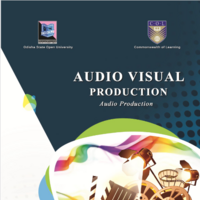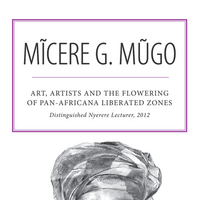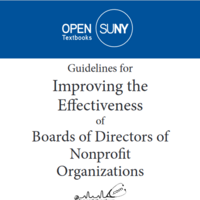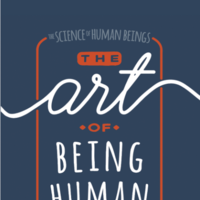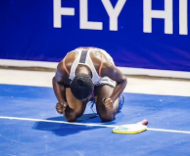Search
Books+
Searching 1,730 books
Search related to the career Art Director
Introduction:
An Art Director plays a crucial role in the creative industry, overseeing the visual aspects of various projects. They are responsible for managing and directing a team of artists, designers, and other creative professionals to ensure that the artistic vision is effectively communicated. The work of an Art Director involves a combination of artistic skills, leadership abilities, and a keen eye for aesthetics.
Conceptualizing and Developing Creative Concepts:
One of the primary responsibilities of an Art Director is to conceptualize and develop creative concepts for projects. They collaborate with clients, marketing teams, and other stakeholders to understand their goals and objectives. Based on this understanding, the Art Director creates visual concepts that align with the project's requirements and effectively convey the desired message or brand identity.
Design Direction and Visual Strategy:
Art Directors provide design direction and develop a visual strategy for projects. They establish the overall look and feel, color schemes, typography, and other visual elements that will be used. They ensure that the design elements are cohesive and consistent throughout the project, maintaining brand identity and visual integrity.
Team Management and Collaboration:
Art Directors are responsible for managing and leading a team of artists and designers. They assign tasks, provide guidance, and ensure that the team members are working towards the project's objectives. Art Directors collaborate closely with other departments, such as copywriters, photographers, and marketing teams, to ensure a cohesive and integrated approach to creative projects.
Reviewing and Approving Artwork:
Art Directors review and approve artwork created by their team members or external vendors. They provide constructive feedback and guidance to ensure that the final product meets the project's requirements and aligns with the artistic vision. They also ensure that the artwork adheres to any brand guidelines or industry standards.
Budget and Timeline Management:
Art Directors are responsible for managing budgets and timelines for creative projects. They work closely with project managers to ensure that resources are allocated efficiently and that deadlines are met. They monitor project progress, identify potential issues, and make adjustments as necessary to keep the project on track.
Staying Updated with Industry Trends:
To excel in their role, Art Directors need to stay updated with the latest industry trends, emerging technologies, and design techniques. They attend conferences, workshops, and industry events to expand their knowledge and keep their creative skills sharp. This allows them to bring fresh ideas and innovative approaches to their work.
Conclusion:
In summary, an Art Director is responsible for overseeing the visual aspects of creative projects. They conceptualize and develop creative concepts, provide design direction, manage teams, review artwork, manage budgets and timelines, and stay updated with industry trends. Their role is essential in ensuring that the artistic vision is effectively communicated and that projects meet the desired objectives.
Source: Various AI tools
Art
Acting
Books tagged Acting
Marketing
Books tagged marketing
Artificial intelligence
Books tagged Artificial Intelligence
Challenging
Searched in English.
